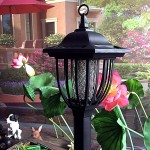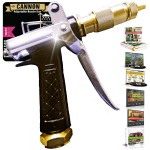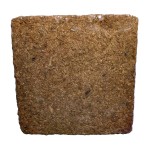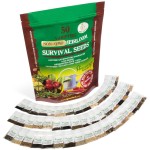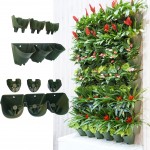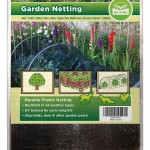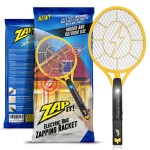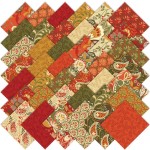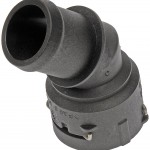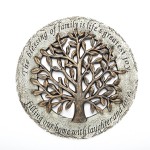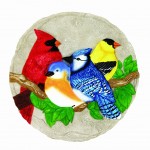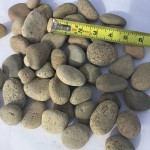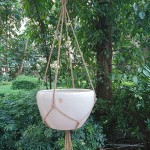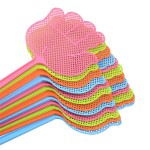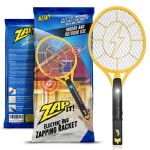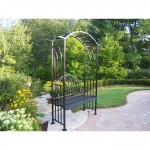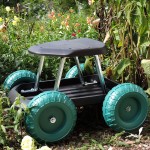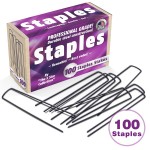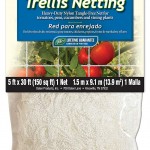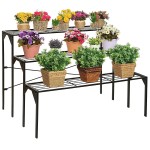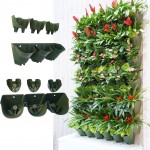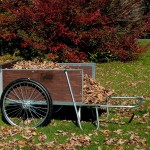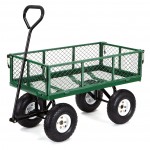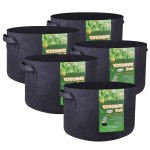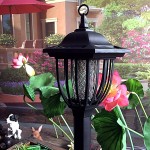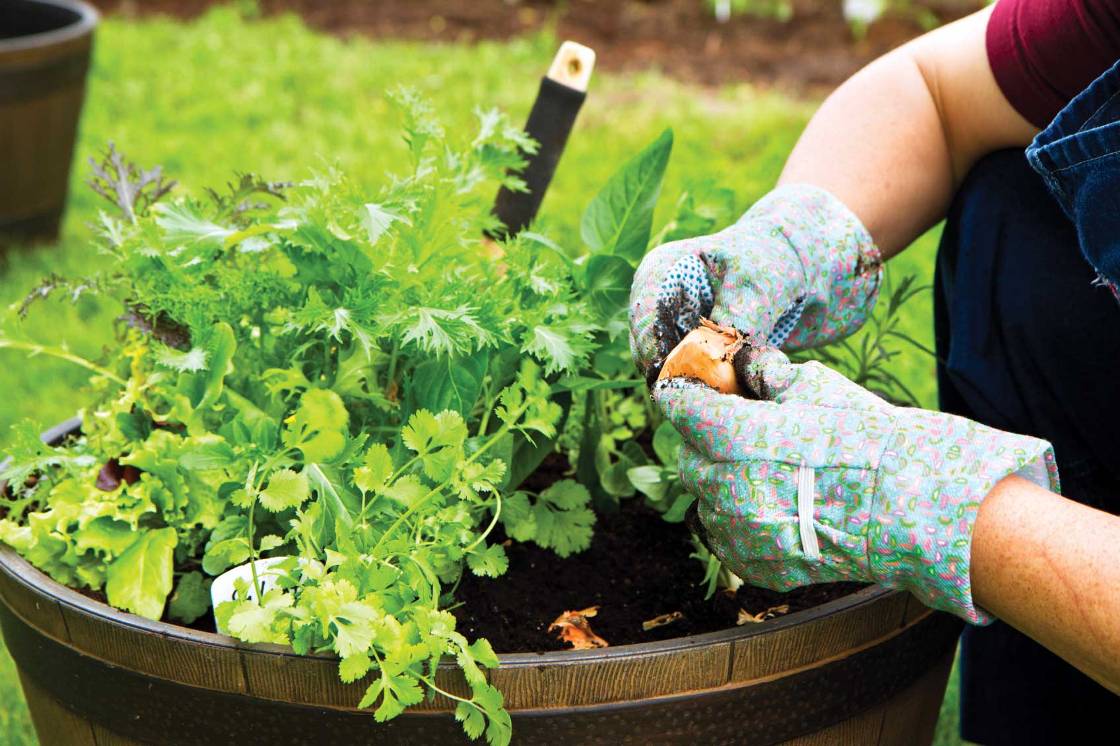
New to Gardening?
There’s a gardener in everyone just waiting to sprout. But how do you start? With an adventurous spirit and just a little forethought. Here are a few tips to get a beginning gardener safely off the ground:
Do garden. There’s no joy like surrounding yourself with flowers or dining on a salad you grew yourself. So don’t miss out because you’re afraid you have a “brown thumb.” Plants are built to grow, though they’ll grow better with a little help from you. Still worried?
Make your first garden in a pot, where it’s easier to control soil, water and light (just move it into the sun). See Burpee’s container vegetables, herbs, and patio flowers.
Pick your spot with care.Plants can’t survive without sun and water, so choose a place for your garden where they can get all they need. Vegetables and most flowers need full sun–which means they need a place where at least six hours of sunlight falls on them every day during the growing season. (Don’t have a spot with that much sunlight? There are plants that thrive with less, but most don’t flower as much or bear fruit.)
Try Burpee’s Sunlight Calculator to find out how much sun your garden gets. Think ahead, too, about watering. A spot near the outdoor faucet means less hose hauling or water-can toting in the hot summer. And that’s easier on you.
Start with the soil.Plants live by their roots. Roots live in the soil. So the most important part of your garden is the part below ground. Most soil around houses isn’t ideal for plants, so improving it is the most powerful thing you can do to have a successful garden. How? By adding organic matter. What’s that?
It’s just broken-down plant parts, usually in the form of compost, shredded leaves or composted manure. Organic matter does wonders for soil: It holds water for plants’ root in dry times, but also allows excess rain to flow freely away. It breaks dense soil up to make spaces for roots to grow and air to reach them. And it provides food for many organisms that live in soil and provide healthy nutrients to your plants.
Don’t overdo.Keep your first garden manageable so you don’t get overwhelmed. For beginners, a plot 3 feet by 3 feet is a good size. Or plant no more than half a dozen good-sized pots. That’s enough to provide a satisfying harvest of herbs, greens or easy vegetables while you get a feel for the amount of time and effort it takes to water and weed.
Get a head start.Many vegetables need to be started from seed several weeks before it’s safe to plant them outside. For beginners, it’s easiest to let someone else do that in a commercial greenhouse and buy the small plants (often called “transplants” or “starts”).
Burpee sells garden ready vegetable plants, flower plants, herb plants, fruit plants and perennials and delivers them at your proper planting time. When’s that? In late spring, but it varies from place to place based on frost dates (known as your ‘growing zone’). To find out your growing zone, click here or call your local extension service.
Sow some seed.Even if you buy transplants for your must-have vegetables, take a chance on sowing seeds for a few easy things, such as radishes, lettuce, sunflowers or nasturtiums. Seeds are cheap, so misfires don’t cost much. And there’s nothing like watching the whole life cycle of a plant unfold before your eyes.
